Studying plastic pollution has been one of the most significant successes and failures in my adolescent life. My interest in plastic began when I was fourteen, and developed as I continued to learn about the detrimental effects it has on the marine ecosystem. I spent years of my high school career studying microplastic–plastic fragments smaller than 5 millimeters created as byproducts of plastic manufacturing–which end up in the ocean due to increasing consumer demand for plastic products. I have sampled ocean water from the coasts of Maine and California, and found microplastic in every 500 milliliter sample. Additionally, I have studied the chemicals that plastic absorbs in the ocean, and the marine life that is harmed by consuming this toxin-concentrated plastic.
While I was making my début into the world of environmental consciousness, I made deliberate changes to reduce my plastic consumption. I made the ambitious attempt to rid as much plastic from my life as possible by researching, acting, and eliminating. After months of personal change, my family was generating less than two-thirds of our original plastic waste. As proud as I was of this change, I realized that my life was still not plastic-free in the slightest. I constantly felt failure and defeat when I realized how hypocritical I was being, and yet how impossible it was not to be: I was taking these water samples with two-liter plastic bottles made from indestructible polyethylene terephthalate; I was preaching the end to petroleum extraction while wearing my polyester polar fleece and polycarbonate eyeglasses. I realized that despite everything I was doing to reduce my plastic footprint and educate others, plastic could never truly be exorcised from everyday life.
One day in class we were discussing global conservation through the infamous question: Is it too late for change? Different perspectives were offered about whether or not we can beat these oppressive systems as small voices. My mind immediately shot to plastic and I found myself advocating that a few personal changes and endless petitions could not result in reclaiming a plastic-free lifestyle. One peer brought up a Margaret Meed quote:
“Never doubt that a small group of thoughtful, committed citizens can change the world; indeed, it’s the only thing that ever has.”
I took Margaret Mead’s words and put them to action as an overzealous high school student. I am a thoughtful, committed citizen who is now working towards a positive change, and I know I am not alone. I have advocated for bag bans and taxes, and pollution awareness in hopes that my actions will decrease plastic consumption and littering. In addition, I have promoted awareness by educating youth about marine debris, and the general public through conversation and social media. I have not stopped making personal changes, but now I am advocating for everyone else to make the change.
I am still accepting that it is not beneficial to look at our plastic-infested world as a failure, but rather as potential for growth. With thanks to Margaret Mead, I have let go of the need for a world without plastic. Perhaps I am not changing the world in a way that is recognized globally, but I have now come to peace with making small strides to get there. My hope is that my actions and dreams of a world without reliance on this human-extracted poison will provoke change in others.


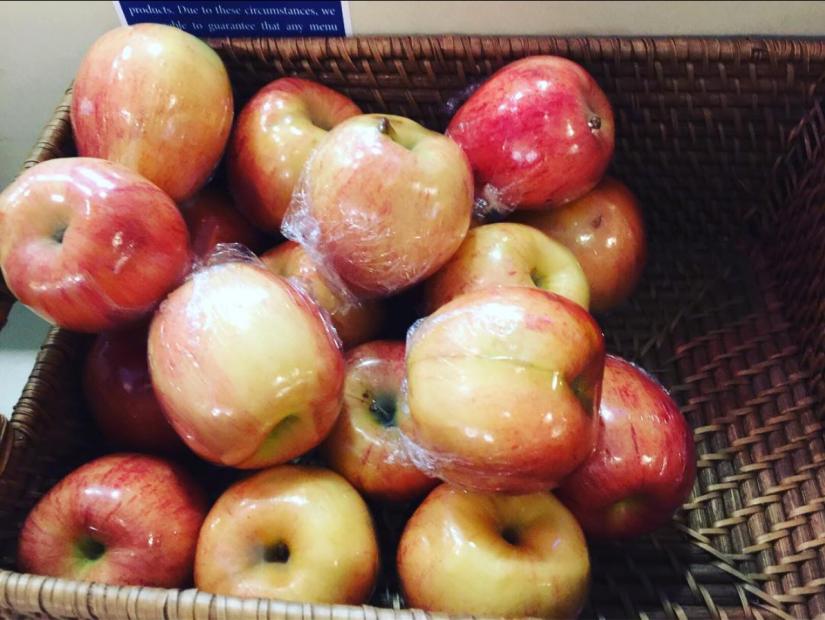 photo credit
photo credit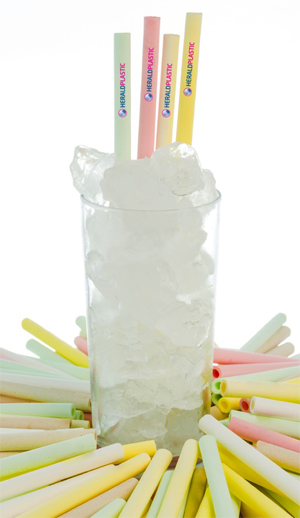



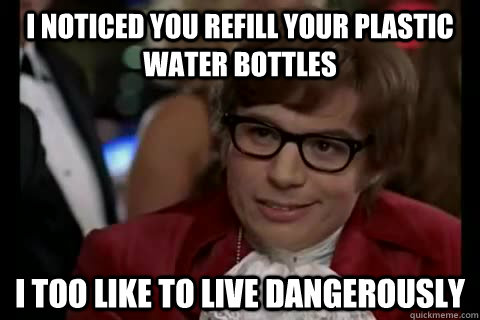
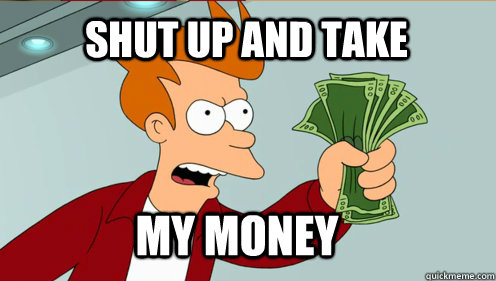
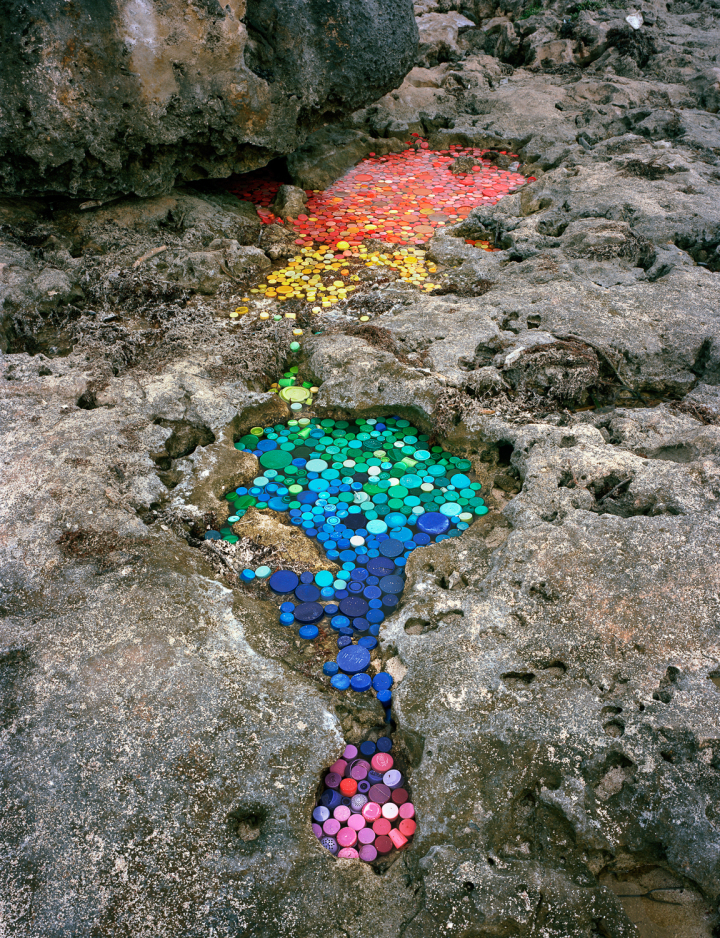

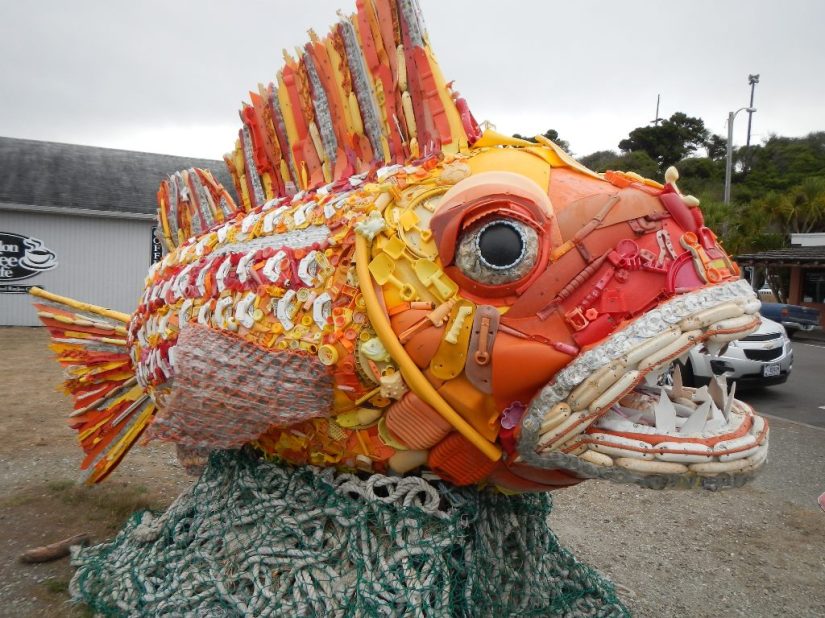



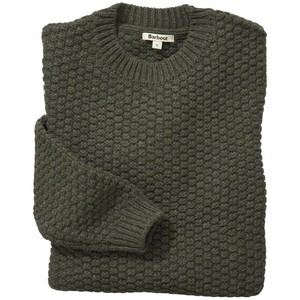




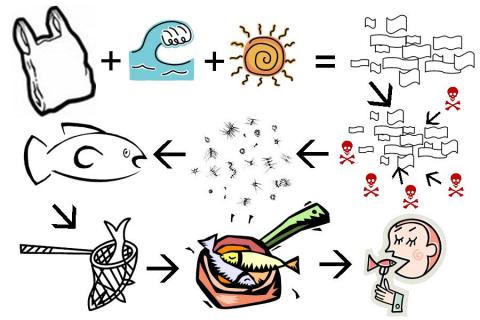
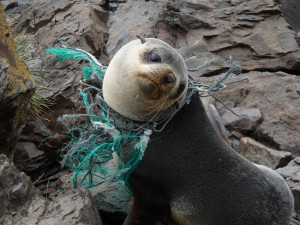



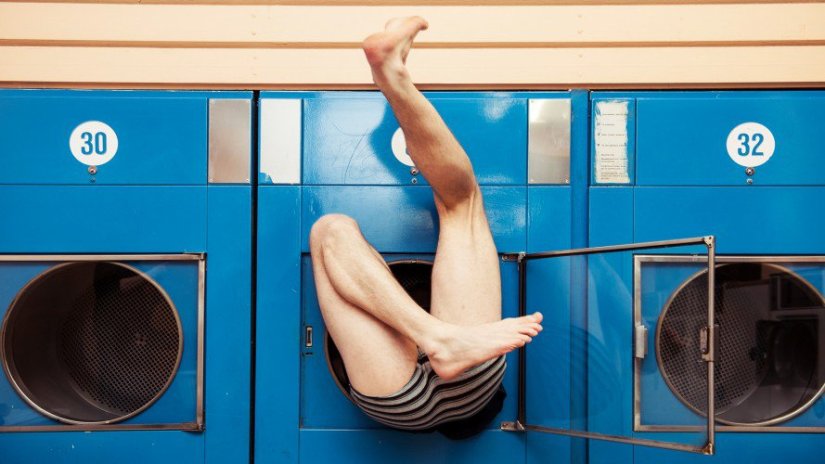 It was recently found that laundering a single fleece, a clothing article way smaller than my blanket, can shed over
It was recently found that laundering a single fleece, a clothing article way smaller than my blanket, can shed over 


You must be logged in to post a comment.